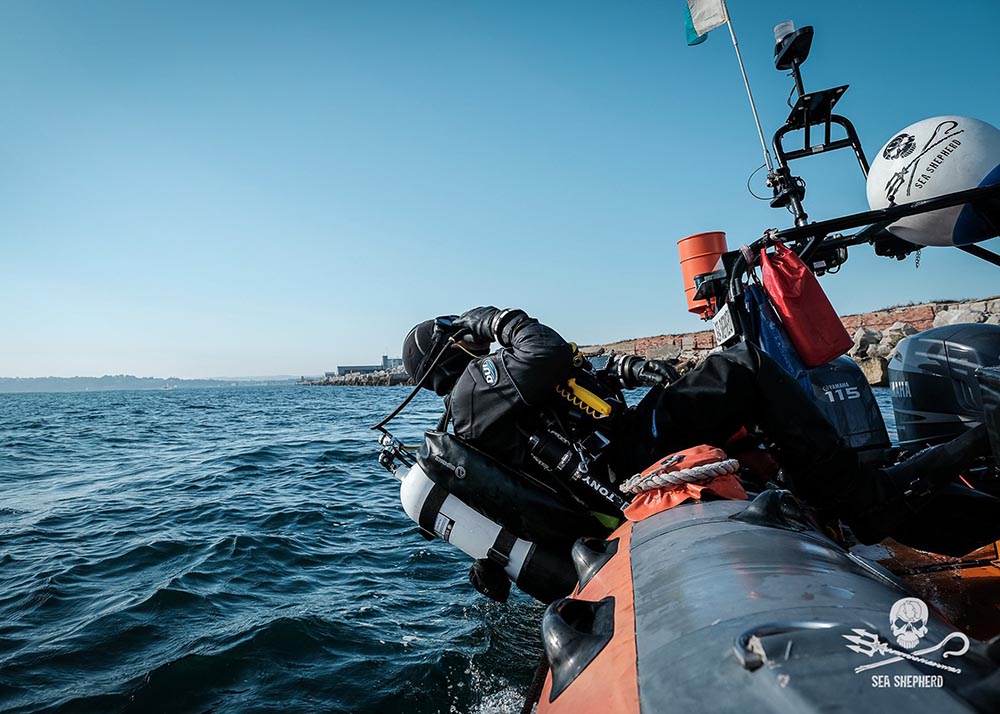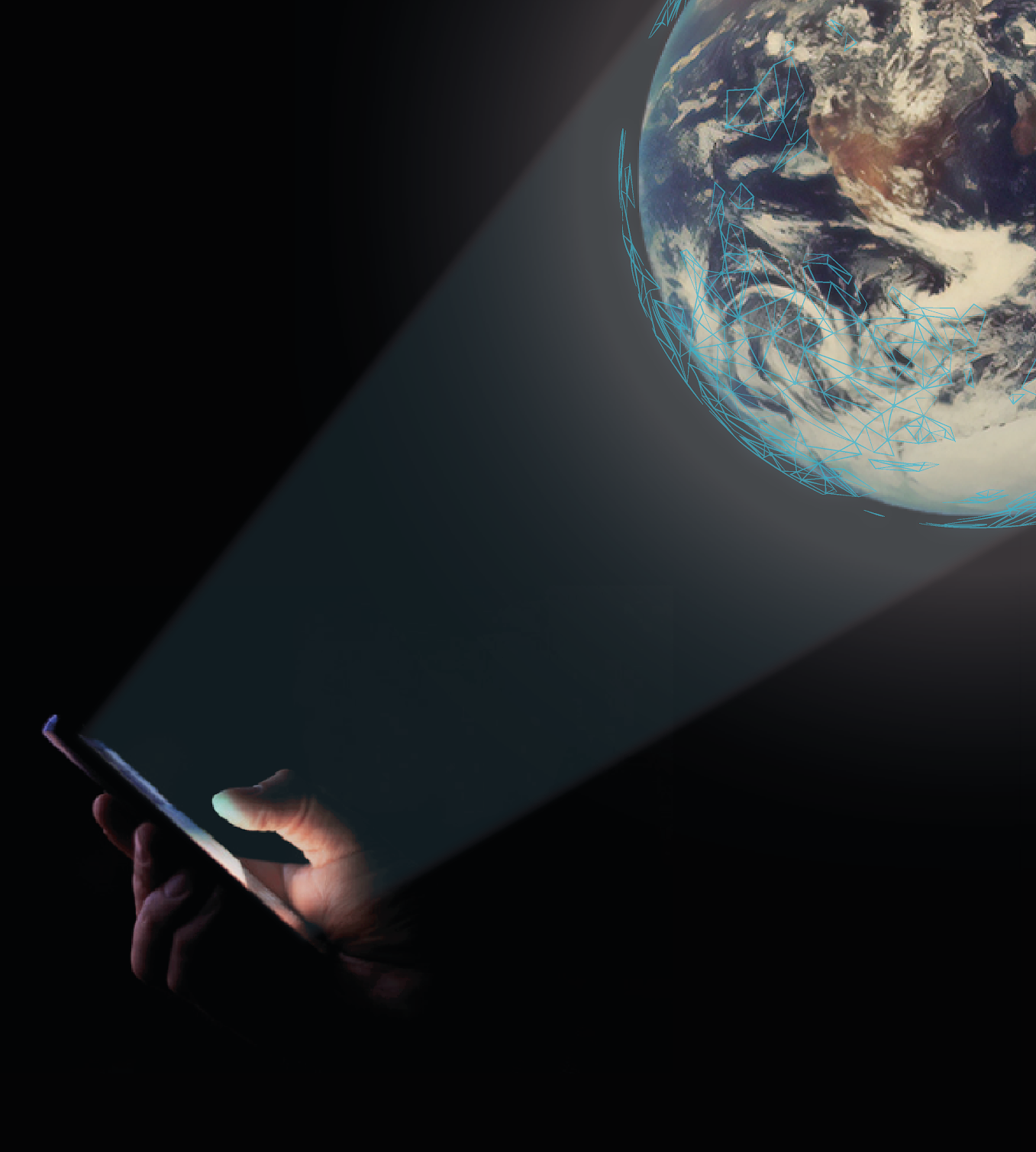
Global Software Company Nutanix Drops Its Iditarod Sponsorship
After hearing from PETA that more than 150 dogs have died during the Iditarod, global software company Nutanix quickly cut ties with the race. It joins dozens of companies that no longer support the cruel Iditarod, including Alaska Airlines, Coca-Cola, ExxonMobil, Jack Daniel’s, Millennium Hotels and Resorts, and Wells Fargo. Join us in urging the few remaining sponsors, including Liberty Media and GCI, to follow suit.
Taiwan’s FDA Ends Blood Pressure Tests on Animals After Hearing From PETA
The Taiwan Food and Drug Administration (TFDA) has finalized a regulation that removes animal testing recommendations and requirements for companies wanting to make blood pressure health marketing claims about their food and beverage products. The testing included feeding foods of interest for at least eight weeks to rats bred to develop hypertension and measuring their blood pressure response using the stress-inducing tail-cuff method. The TFDA will now require only safe and effective human tests for this purpose. This follows pressure from PETA that included the submission of a detailed scientific critique at the agency’s request and e-mails to agency officials from more than 50,000 supporters opposing animal experiments.
Leading Health-Food Company in Taiwan Bans Animal Testing
Following discussions with PETA, Grape King Bio—Taiwan’s largest biotech fermentation health-food company, known there for its popular energy drink—has banned animal tests not explicitly required by law. It previously conducted or funded at least 10 animal experiments from 2002 to 2020 that involved mutilating and killing no less than 1,333 animals, purportedly to support health claims for marketing probiotics, reishi mushrooms, goji berries, and other products and ingredients to consumers.
Major L.A. Airports Ban and Remove Vile Glue Traps
Los Angeles World Airports, which owns and operates LAX and Van Nuys airports, has banned and removed glue traps! This move comes after PETA told it that the traps cause small animals stuck in the adhesive to suffer, sometimes for days, before finally dying from dehydration, starvation, or asphyxiation. Anyone thinking of buying a glue trap should first watch this video, which shows how animals stuck to these devices struggle as they slowly die. Please take a minute to urge other airports to stop using them.
No Animals Will Be Killed in 2022 Cobra Gold Exercise
A top official has confirmed to PETA that no animals will be killed in barbaric survival training drills during Cobra Gold 2022, a massive joint multinational military exercise held in Thailand and attended by the U.S. military. During these cruel, dangerous, and likely illegal exercises, troops had been forced to kill chickens with their bare hands, skin and eat live geckos, consume live scorpions and tarantulas, and decapitate cobras and drink their blood. These atrocities were initially halted in 2021 after PETA’s release of shocking video footage and our exposé, so this is the second year in a row in which no animals are being used.
Kenya Airways Ends Transport of Monkeys to Laboratories
In a huge blow to the cruel animal experimentation industry, Kenya Airways—which has transported hundreds of monkeys from a Mauritius breeding farm to the U.S. to be used in laboratory experiments—has committed to ending this practice after its current contract expires next month (February 2022). The airline’s decision comes just 24 hours after PETA contacted the airline’s CEO and chair of the board, urging them to consider what happens to monkeys who are subjected to the long flight and then torment and death in laboratories. The monkeys whose crates spilled out onto a Pennsylvania highway following a truck crash on January 21 had been flown on a Kenya Airways plane that had landed earlier that day.
Dolce & Gabbana Is Going Fur- and Angora-Free After Pressure From PETA
Following nearly two decades of pressure from PETA entities—including e-mails from over 300,000 supporters worldwide and protests both outside and inside its stores—fashion brand Dolce & Gabbana has confirmed that it will ban fur and angora from all future collections!

 Every
year around 640,000 tonnes of fishing gear such as lines, nets and pots
is lost or discarded into the oceans and this already shocking figure
is increasing. These discarded nets, lines and other fishing industry
gear becomes known as ‘Ghost gear’ because of its ability to continue
killing wildlife long after the fishing boats have left it behind.
Every
year around 640,000 tonnes of fishing gear such as lines, nets and pots
is lost or discarded into the oceans and this already shocking figure
is increasing. These discarded nets, lines and other fishing industry
gear becomes known as ‘Ghost gear’ because of its ability to continue
killing wildlife long after the fishing boats have left it behind.





